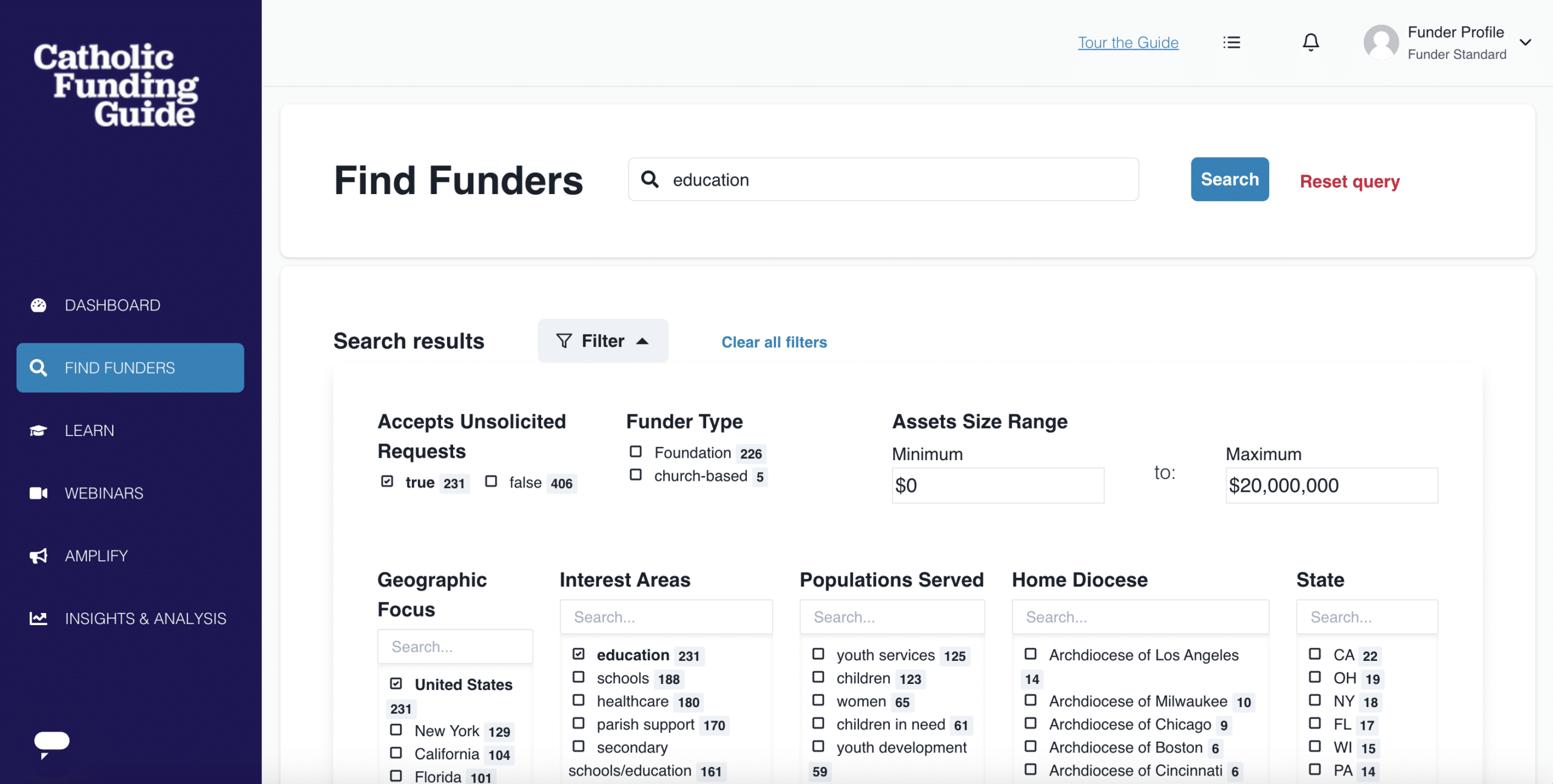What Is Safeguarding?
Globally, the term “safeguarding” is used to describe the policies and procedures that are designed to keep people safe from abuse, harm, and neglect. It encapsulates the steps taken to promote the health, wellbeing, and dignity of all, including and especially children and vulnerable populations. This includes teens aging out of foster care, individuals experiencing homelessness, elderly adults, and people with disabilities—but it does not stop there. Safeguarding aims to keep everyone safe, including the employees and volunteers at any given organization.
In the United States, you may be more familiar with terms such as “abuse prevention,” “abuse risk management,” and “healing and justice for survivors,” which denote the same idea as “safeguarding.”
Safeguarding best practices include:
- Educating and empowering staff and beneficiaries of service
- Looking at screening processes, operations, and physical spaces
- Recognizing red flags and intervening appropriately
- Knowing how to report abuse or suspected abuse
- Efforts towards healing and recovery for victims
In collaboration with expert partners, FADICA’s safeguarding program focuses on preventing sexual abuse, closing gaps and managing abuse risk, and promoting action that supports justice and healing for victims and survivors.
The Growing Need for Safeguarding
According to the CDC, approximately 1 in 4 girls and 1 in 13 boys in the United States experience child sexual abuse. Ninety percent of offenders are known by their victim or their victim’s family. The CDC notes that estimates vary across studies, as many children wait to report or do not report child sexual abuse. (Source: https://www.cdc.gov/violenceprevention/childsexualabuse/fastfact.html)
Based on these statistics, it is likely you are serving and interacting with people—including staff and volunteers—who have experienced abuse, or are close to someone who has.
This is a very personal issue for people, which is why, as individuals, we need to be empowered to care, report, prevent, and respond. Simultaneously, we need to be empowered at the institutional level through written policies that prioritize safety and promote dignity for all.
What Is a Safeguarding Policy, and Who Needs One?
A safeguarding policy specifies the process to report abuse, to prevent abuse, and to grow awareness of the issue.
If your organization works with or comes in contact with any vulnerable populations, you absolutely must have a safeguarding policy in place. However, it is becoming increasingly important for all organizations to have a safeguarding policy, regardless of whether they regularly come in contact with vulnerable populations.
Funders are a good example of this point. They generally do not encounter or directly work with vulnerable populations on a regular basis. However, funders and board members are often on site visits or doing outreach in their community. They would benefit from an awareness of red flags, knowledge of reporting protocols, and general abuse prevention procedures. A safeguarding policy can equip them so that safety is prioritized.
Do I Need a Safeguarding Policy?
If you already have some processes in place, or if you don’t work with children or vulnerable adults in any capacity, you may wonder if you still would need a specific policy.
It can be helpful to reflect on these questions:
- To what extent do you engage with vulnerable populations?
- Where could you articulate a more thoughtful process for dealing with those populations?
- If you are not dealing with vulnerable populations, how are you protecting your employees, volunteers, and anyone you do interact with?
Another point to consider is that safeguarding is beginning to increase in popularity as a factor that funders consider when evaluating potential grantees. So it is not only paramount on the level of promoting the dignity of everyone you serve and work with, but it can also factor into a funder’s decision when evaluating grants.
Getting Started with a Safeguarding Policy
The thought of creating a whole new policy can feel overwhelming. However, the good news is, you probably won’t be starting from scratch. Think of the initiative as “building capacity” vs. “building a policy.”
First, look at the framework or foundation you already have.
Direct providers may already be complying with state laws and other regulations that are consistent with safeguarding in some way. Additionally, it is not uncommon for organizations to have a values statement or code of conduct for how they expect people to be treated. Many organizations also have HR mechanisms and reporting processes already in place.
When you examine your existing policies and framework, you may find that you already have a solid foundation on which to build safeguarding capacity.
Next, seek out resources.
It does take work to build capacity and create an effective safeguarding policy, but FADICA provides various resources to help you get started. These include:
- Funder Safeguarding Initiative
- Webinar recordings & upcoming virtual events
- Safeguarding policy checklist
- Sample policy
In addition to seeking out resources, consider reaching out to FADICA to learn more about best practices and get free, one-on-one assistance with building your safeguarding policy.
Contact Colleen at FADICA to help you get started, ask any questions, learn more about how to incorporate best practices, etc.



